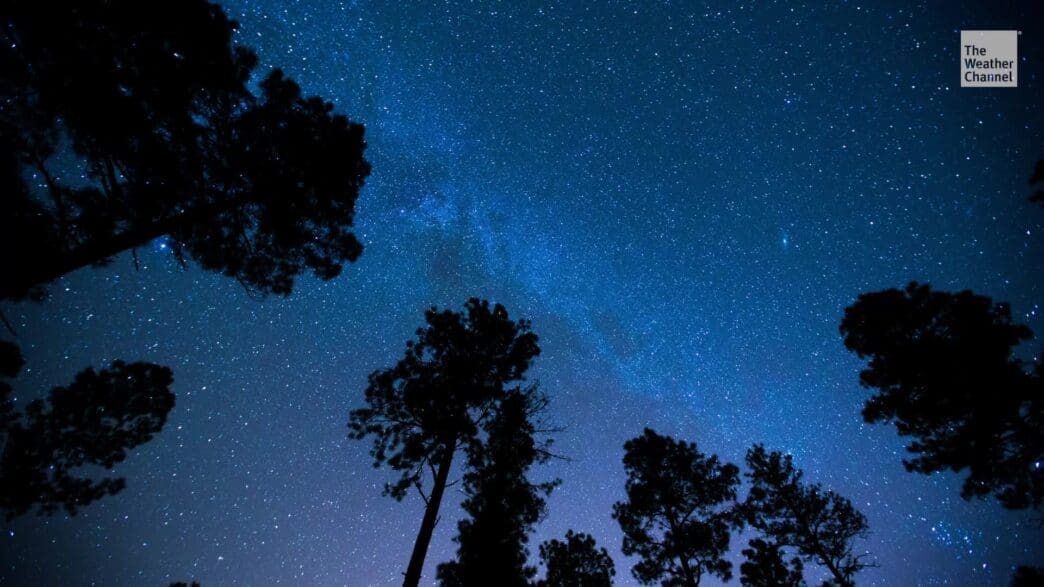This December, skywatchers are in for a treat with a series of celestial events that promise a dazzling display before winter officially begins on the 21st.
The Geminid meteor shower, recognized for its bright and abundant meteors, will be a centerpiece this month. Observers can expect to see up to 120 meteors per hour at its peak, offering a spectacular experience for those who venture out on clear nights. The shower is best observed when the night sky is darkest, providing an optimal backdrop for these streaks of light.
Jupiter will shine at its most brilliant, becoming a prominent feature in the night sky. This occurrence is notable as the gas giant reaches opposition, meaning it is directly opposite the sun from Earth’s perspective. Such positioning allows Jupiter to be visible for most of the night, appearing larger and brighter than usual.
Saturn’s position in Aquarius adds another dimension to December’s night sky. As it hovers above the horizon, its rings become visible with the aid of a telescope, offering viewers a glimpse of one of the most magnificent sights in our solar system.
Complementing these events is the rising of the cold moon. This full moon, the last before the winter solstice, will illuminate the night with a cold, silver light that contrasts beautifully with the brightness of the meteor shower. Its emergence signifies the changing seasons, marking the transition into winter.
These celestial phenomena provide an opportunity to connect with the universe and witness its incredible beauty. As December progresses, make sure to look up and enjoy the wonders of the night sky.
Source: Weather







